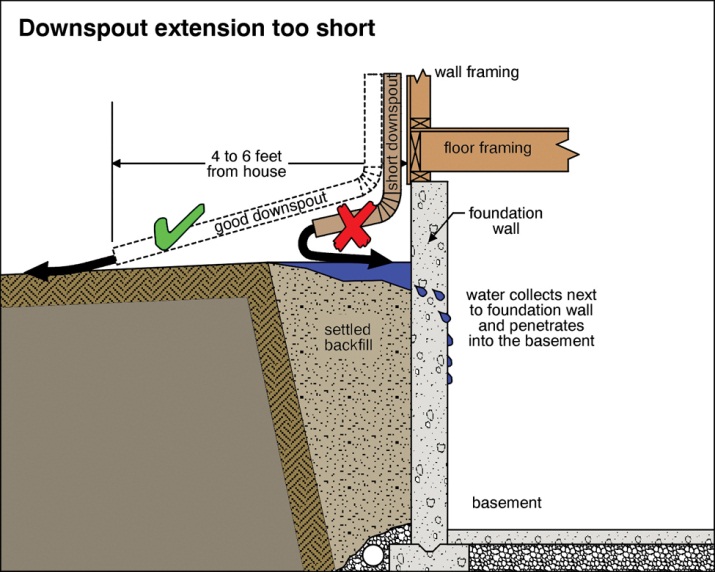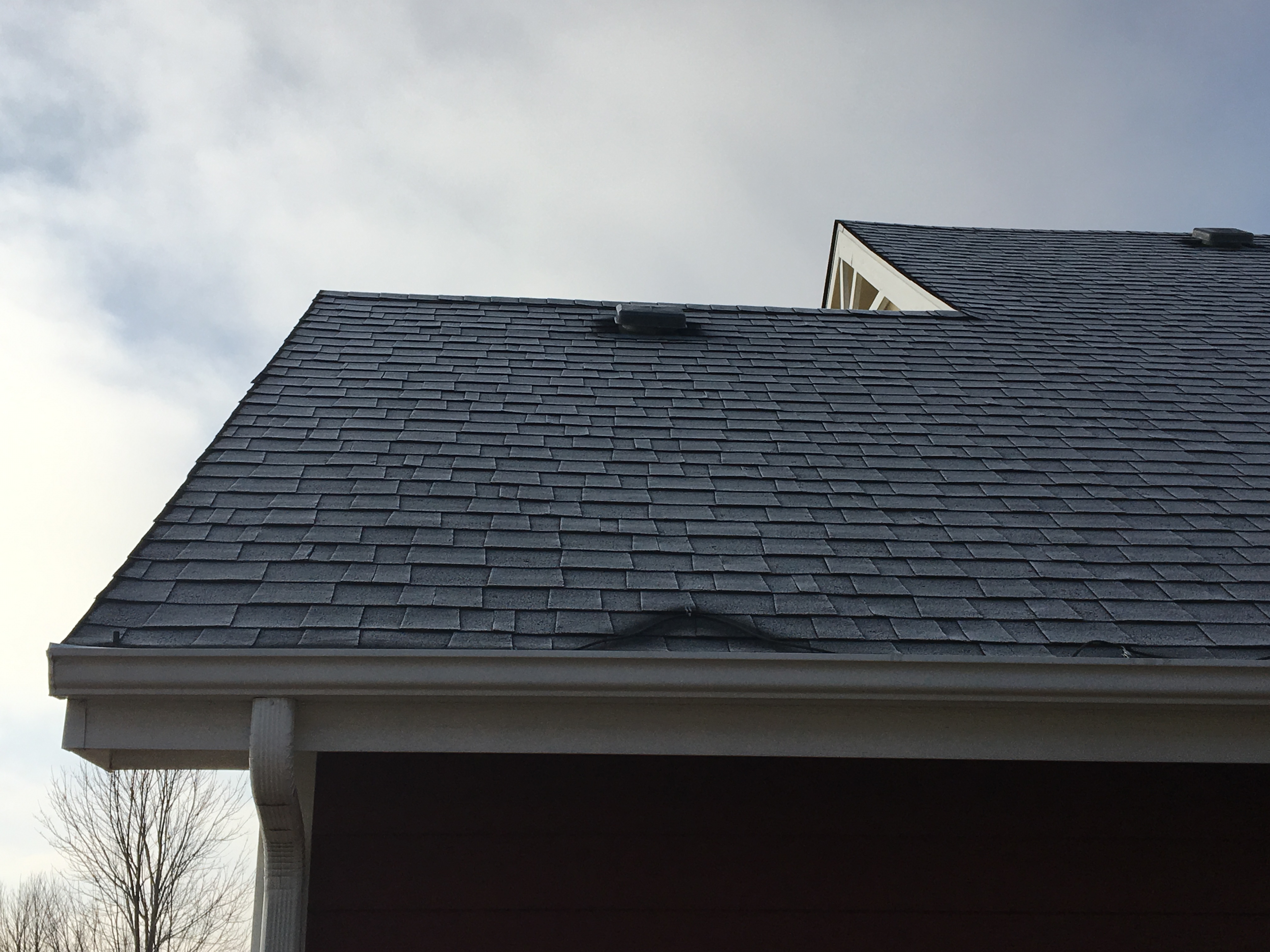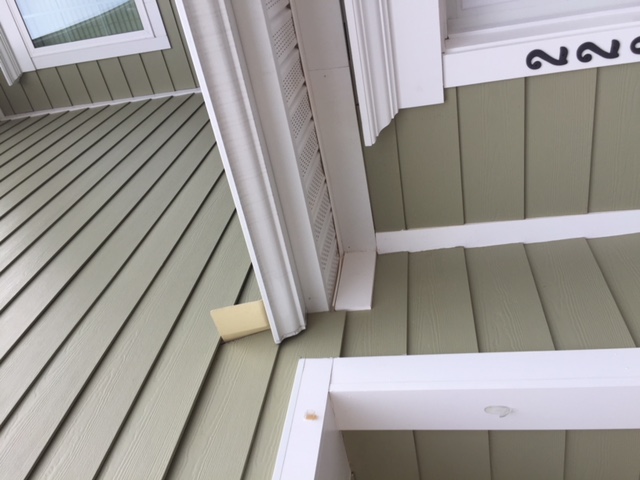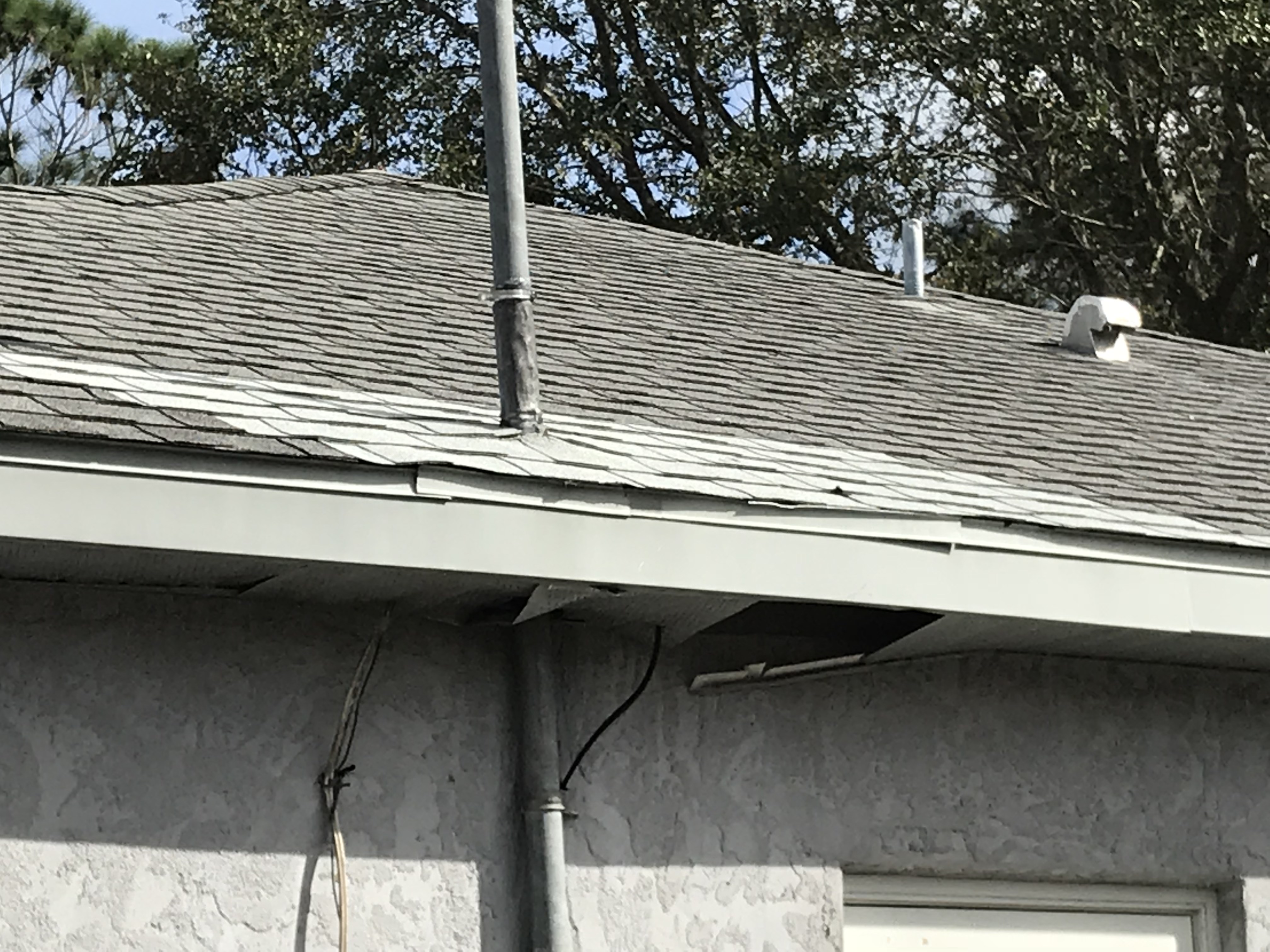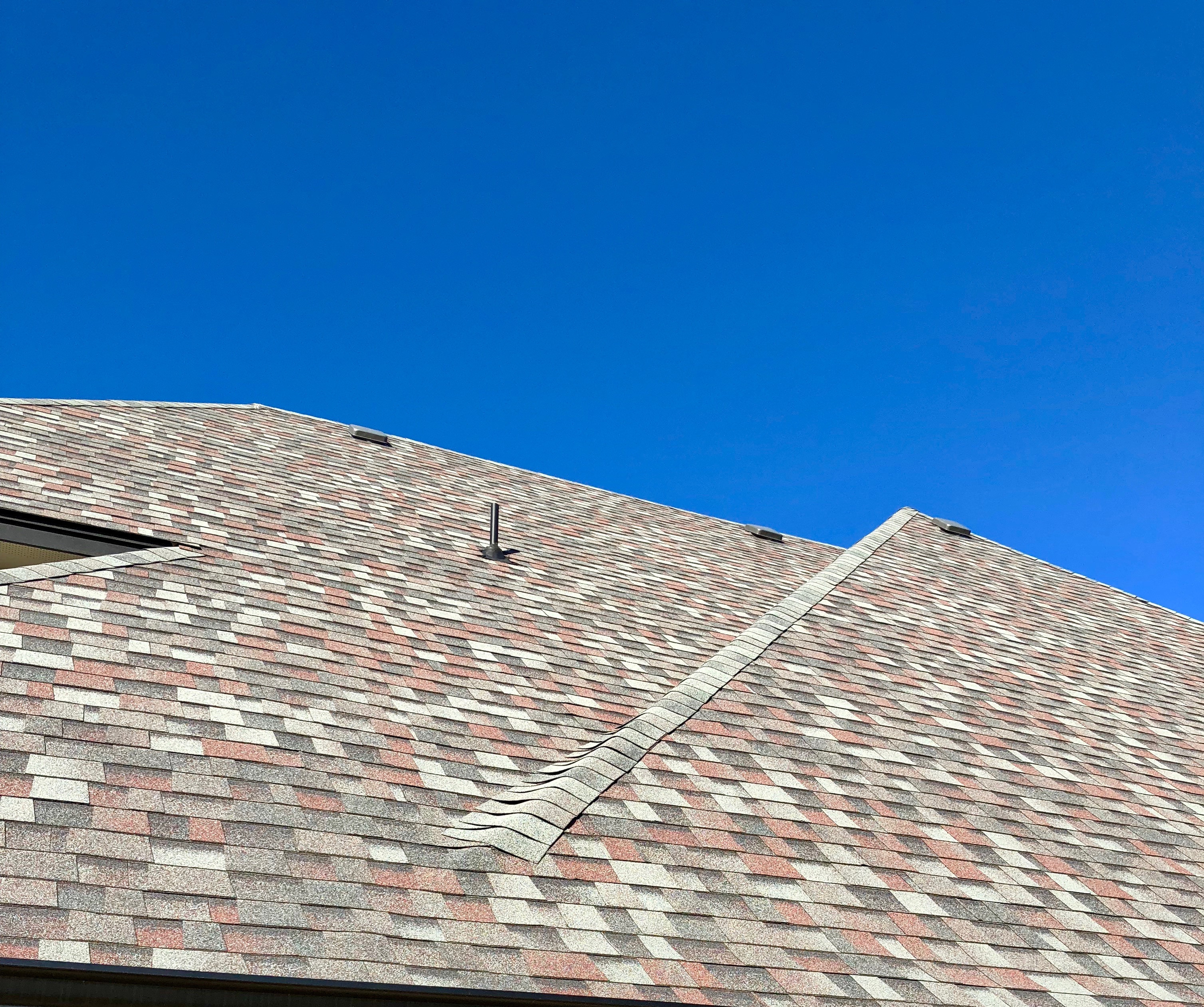Nachi articles Inspecting roof panel sheathing. It is common that roof rafters and roof trusses be straight and align and spaced 24 inches on center as this helps square the sheathings panels. Plywood panels should be laid with the face grain up perpendicular to the rafter boards and trusses while OSB panels should be installed with the rough surface facing up. The rough side is a non skid coated side of the panel.
This is a picture of drip edge flashing. It is along the eves of a home and you can see were it is placed on top of the sheathing and not over the underlay as you would see on rake drip edge flashing.
I choose an article about asbestos cement tile roofing. It is often mistaken for tile slate roofing. There is an easy way for telling he difference between the two. Asbestos tile roofing allows moss growth, slate tile roofing does not.
Evidence of leaves and debris block gutters and down spouts at right rear valley roof area during the inspection. The inspector recommends cleaning the gutters and down spouts to ensure proper water runoff of roof and to prevent water intrusion at eave area.
Carbon Monoxide is a poisonous gas that can be produced from incomplete combustion in fossil fuel burning appliances. The majority of carbon monoxide deaths occur during the winter months when gas fired appliances are used for heating. Properly installed carbon monoxide detectors can alert occupants of high levels of gas in the home and prevent CO poisoning.
The above picture is of a sagging roof. There are many potential causes of roof sagging: 1) undersized rafters; 2) excess roof loads; 3) lack of purlins or knee walls; 4) improperly modified ceiling joists; improperly modified roof trusses; 5) rafters or trusses set too far apart; improper thickness of roof sheathing; 6) sheathing that is missing H-clips; 7) sheathing fitted to close together; or 8) moisture-damaged sheathing. In this case, the likely problem is both improper thickness of sheathing and moisture damage.
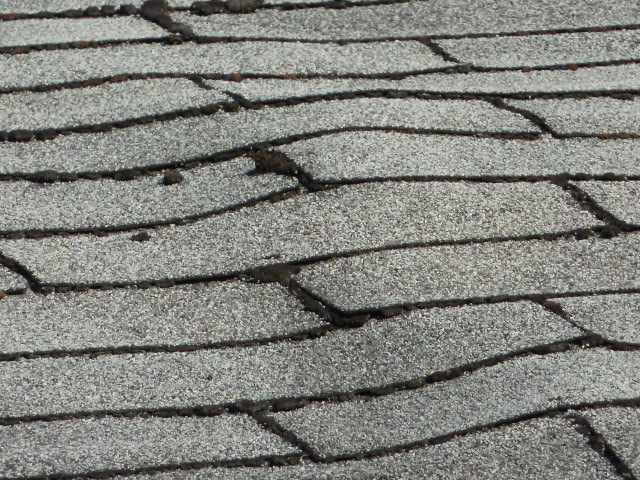
This illustration shows the problems of having downspouts terminating too close to the foundation. Water in a basement is a bit easier to see but slab and crawl space foundation homes can and do suffer foundation damage caused by too much water in the soil so it no longer supports the weight of the structure resulting in foundation cracks, settling of footings, cracks in floor slabs, doors binding, and even window breakage. Attention to the detail of downspouts keeping excess water away from foundations will pay long term benefits.
Roof Inspections Written Essay Assignment -
The InterNACHI standards of practice state that roof shall be inspected from ground level or from the eaves. An inspector is not required to walk on any roof. However, many inspectors exceed the SOP by walking on roofs when they consider it safe and appropriate to do so. An inspector should keep in mind that there are many reasons and situations where they should not walk on a roof. These reasons typically involve either safety or prevention of damage to the roof materials. In the attached photo, the roof shown should not be walked on due to frost accumulation and the steep pitch, both of which could easily cause an inspector to lose their footing and fall from the roof.
Being new to the Pacific Northwest the term “ice dams” in relation to roof systems got my attention because I knew too little about it. Understanding how it happens and the resulting problems is very important in knowing what to look for during an inspection. While it may not be possible to check for proper underlayment on new or old construction, other evidence can “paint a picture”. For example, a poorly insulated attic space or one with penetrations like an improperly installed attic stair from the interior of the home will heat the roof while the eaves can stay below freezing allowing the snow melt to refreeze creating a ice dam that will back up the snow-melt water under the shingles where it can find ways through the underlayment and more rapidly deteriorate the roof components.
This kickout flashing was installed in order to divert water to the gutter when a roof intersects with a wall. This is done to prevent water from potentially leaking inside of the walls and causing damage to the wall sheathing, framing and insulation. In this instance, the kickout flashing was installed, but was never caulked on either the front or the back, where the flashing enters into the siding. Unfortunately this could potentially result in water entering these areas. This is a defect and in need of repair.
“Chimney Inspection: Preventing Collapse” Article Essay Assignment -
Chimneys can be vulnerable to decay and collapse, which could lead to structural damage to the home, and potential injury or death to persons. Chimney collapse can result from aging and exposure to wind and moisture, improper design, being struck by tree limbs, or from seismic activity. Regardless of the specific cause of potential collapse, inspectors should use caution when working around or beneath chimneys. In addition to collapse hazards, damaged chimneys can also make their use unsafe for residents. Cracks and venting defects can allow sparks and/or smoke to enter portions of the home, causing a fire or other dangerous condition for the occupants. These are all considerations for inspectors, and they should be diligent when performing chimney inspections.
I have read the article ‘roofing’. A roof and its components are very important in protecting a building from sun and moisture. Sun, wind, rain, snow, sleet and hail can damage a roof and shorten its life. Roof maintenance is important to prolong the life of the roof and ensure that it does not leak. Cleaning debris from the roof and gutters, repairing wind damage/missing shingles and sealing around penetrations as needed are a few ways to maximize the life of a roof and ensure that it protects your home.
After reading “Green Roof Inspection”, I am most intrigued by the benefits that they provide. I also find it interesting that more cities do not promote them more. With the benefit of cleaner air and more inner city land for growing crops, I would think that it would be more popular that it is.
I learned that roofs can fail for many reasons. It may be weather related, old age or the wrong installation methods. It also may fail due to lack of ventilation in the attic. Framing also has a role in the life of the roofing materials.
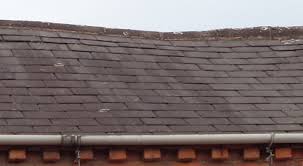
The article was about roof and drainage system maintenance and replacement. I learned that the steeper the roof the longer the roof last. I also learned that the drainage system must be installed and maintained for room performance. I also learned to not walk on some roofs.
This roof had to repaired due to tree branches touching the electrical mast. Strong winds forced the tree branches to continuously hit the mast. This caused the roof to leak and damaged the mast boot. The mast also became unsecured from the exterior wall.
All chimneys are required to meet a minimum height above roof coverings. The basic rule for this is the same for a traditionally built chimney. A minimum height of three feet and two feet higher than any roof within ten feet horizontally.
This roof is 12 years old and is original to the home. Its a gable roof with 2 slopes using asphalt composite shingles,the roof was walked;had only one layer;flashing and drip edge were installed where needed; gutters free of debris and firmly attached
Chimney flashing; it’s important to carefully inspect all the flashing around a chimney to make sure all flashing is installed properly and installed on all sides;if these areas are neglected not only will you have water damage to the decking and interior but it will lead to the demise of the chimney its self
The roof slope is 15:12 so I will be doing my inspection from the ladder for safety precautions.This is an image of a roof that has newer looking architectural shingles. Shingles appear to be in good condition. There is not a lot of gravel accumulation in the gutters. Roof shingles appear to be installed correctly. No abnormalities in shingles that I can see from my point of view. For a more complete roof inspection I would recommend hiring a roofing contractor to inspect the ridge and do a thorough inspection.


